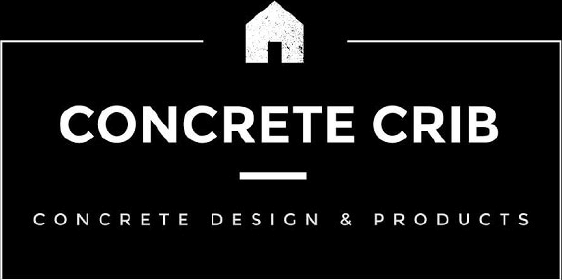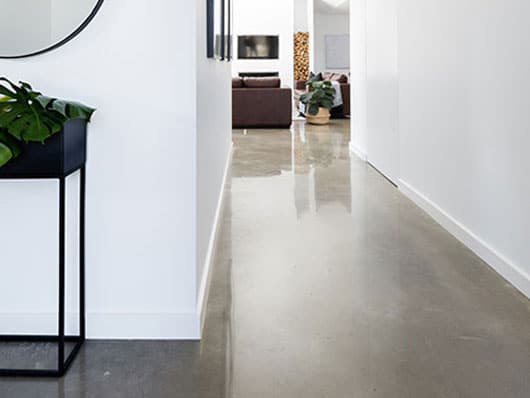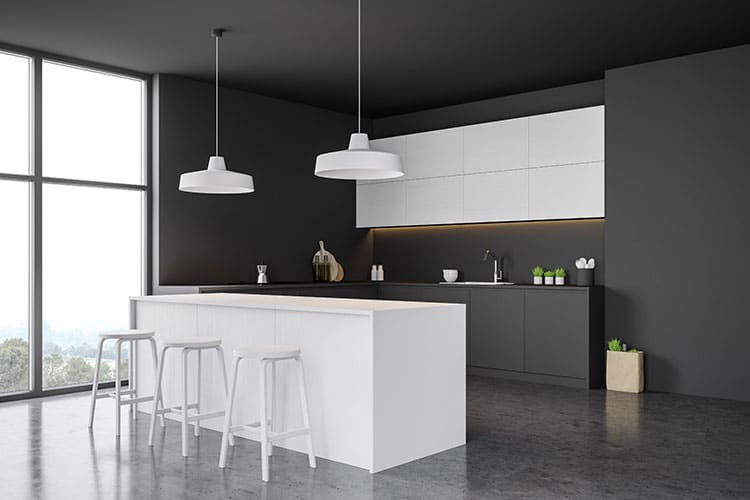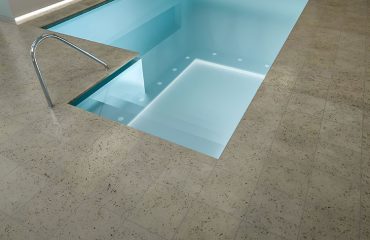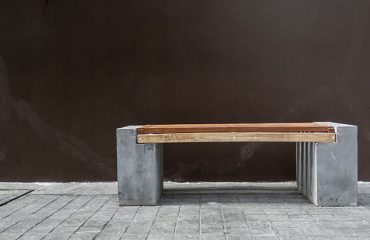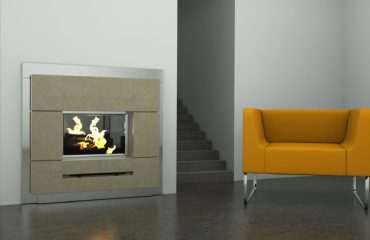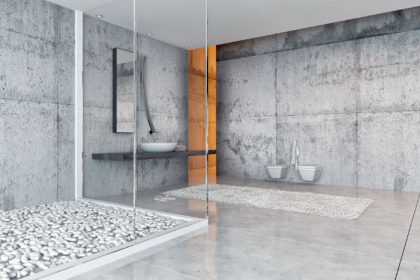
When you have existing concrete surfaces that may have worn out over time, you can fix the problem by polishing them. Polished concrete is the modern way of prepping and restoring old concrete. The process is mostly similar to hardwood floor re-sanding to make it new again.
Polished concrete is also applicable to new projects, including remodelling and upgrading flooring. A polishing machine will create a shinier surface, so your floor looks like it is brand new.
Why Choose Polished Concrete
There are a few ways to enhance the appearance of concrete and polishing it is one of them. If you are wondering whether or not this method is an excellent choice for you, take a look at the benefits below:
-
You can have a variety of styles with polished concrete.
As a homeowner, you already have a design that you want to accomplish. Often, it is difficult to make your vision come true. Even if you have talked to your contractor and explained all the details, your expectations may not be met. One reason is that there is a limited design aesthetic for the material you have chosen.
You do not have to worry about such an instance when you go for polished concrete. The possibilities are endless, and you will always have a mirror-like finish. The process involves laying a foundation that utilises laser cut discs. Another option is to use different colours to create an interesting pattern. Polished concrete even makes it possible to embed another object beneath the surface.
You can even control how shiny the final product becomes by changing the grit of the sander.
-
Maintenance is not an issue.
Compared to other types of flooring, polished concrete floors are virtually maintenance-free. It is why this method is one of the favourites in commercial properties. The floors not only look good but do not require much attention as well.
When you have polished concrete surfaces, you should sweep them regularly. Wet mopping is also helpful, but you do not have to do it all the time. Usually, mopping is for removing stubborn dirt or stain.
Nevertheless, polished concrete looks good as a designer floor. It basically takes good care of itself, so you do not have to.
Compared to untreated concrete, polishing the surface removes the likelihood of creating dust. This problem is common with unfinished concrete. Therefore, you have less space to clean, which minimises your time spent on sweeping.
-
Polished concrete makes the surfaces more durable than ever.
A big issue with untreated concrete is cracking, which can happen over time, especially for floors that were not proficiently installed. If the floor receives continuous, heavy traffic, it will eventually get damaged, leaving you with a surface to fix.
You do not have to wait for the concrete floor to start cracking. You can strengthen it by polishing. A polished concrete floor will last longer and become substantially impervious to damage, including breaking.
The floors also do not break down. Refinishing may be required, but it will take years before the floors start to wear out.
Polished concrete is a wonderful option if heavy equipment or vehicles use the area. The durability of this flooring system allows it to be resistant to stains and scratches. It is a cost-effective option since it can last for several years without needing maintenance and repair.
-
Polished concrete offer enhanced safety.
There is a reason why polished concrete is among the top choices for the floors of commercial establishments. The high gloss shine not only makes the floors sophisticated but also increases visibility. It becomes easier to decrease the chances of falls of the customers.
Even at home, you will benefit from polished concrete. When it comes to your kids who always run around, you want to make sure they do not slip. The finished product may create a mirror effect, but it is less slippery than other options out there. It does not encourage falls even when wet.
-
It is an affordable option that is also sustainable.
Concrete on its own is already sustainable. The reduced need for repairs and maintenance make the material a top option for homes and the environment as well. When polished, it increases sustainability. The floors last for a long time and can go on without much cleaning. You do not have to use water and cleaning products to keep the floor shiny.
Polished concrete is also economical. The process does not require many resources and takes a shorter time to cure. With energy savings and resilience in mind, polished concrete is indeed a sustainable material for homes and commercial buildings.
How Does Polished Concrete Hold Up against Other Flooring Systems?
If you have considered other flooring systems aside from polished concrete, you will find that most of them can have similar attributes. They also offer the same benefits according to manufacturers. These claims can easily confuse you. If they are the same, you can simply choose other flooring systems, right?
To make it easier for you, we will compare them with polished concrete. With many options available, you need to compare the pros and cons of each to guarantee that you make the right choice. Let us take a look at some of the most popular flooring options today and determine how they hold up against polished concrete:
-
Wood vs Polished Concrete
This one is easy. Wood is undeniably beautiful. It asserts a certain elegance that you cannot refute. Wood flooring is also quite versatile and even customisable. It is not only available in different shades of brown but also orange, red, and other possible hues.
The problem with wood is that it harbours mould. Additionally, if you choose different styles of wood for your home, you will need to provide individual deep care treatments for each. It is not only time-consuming but costly and labour-intensive as well.
Over time, wood degrades despite looking lovelier with age. You have to maintain the wooden floors regularly to make sure you keep your investment for a longer time.
On the other hand, a polished concrete floor has a long life and offers durability as well. You also do not have to worry about regular treatments to make sure they last for years. Even if you do not clean every day, the floors will not show any sign of degradation. They will also preserve their shine. All you need to do is sweep and dust every few days.
With the mould and bacteria growth present in wood planks, the choice between wood and polished concrete is easy.
-
Vinyl vs Polished Concrete
Another stunning option in flooring is vinyl. People love the finished look of vinyl, and you can even have a wide variety of styles. Unfortunately, the selections are limited. If you want a more customised appearance for your floors, polished concrete is the winner. This flooring system gives you plenty of choices and even allows you to mix and match different looks.
A big vinyl problem also has something to do with durability. The floors do not last long and often have a limited lifespan. In just a few years, you will need to do a few repairs, which can easily cost a lot of money. Vinyl floors do not have the same protection as polished concrete. Therefore, they are vulnerable to damage, which makes them a poor option for those who are on a budget.
-
Natural Stone vs Polished Concrete
One more flooring system that is quite popular among homeowners is natural stone. The floors are unquestionably appealing. They are known for their durability as well. Residential and commercial properties love natural stone flooring, especially for their hallways, lobbies, and other high traffic areas.
Natural stones come in a wide variety of materials, including marble, granite, and slate. The problem with this type of flooring is that it is often costlier than other options out there. The prices will still depend on the specific variety, thickness, and the size of the area where it will be installed. However, regardless of the material, natural stone is expensive.
Additionally, installation is incredibly pricey. If you do not have an unlimited budget, you should forget about natural stone. There are other options out there that provide the same benefits, including polished concrete.
Maintenance for these floors can also be costly. Sealing the material is required to make the surface more durable. The problem is that the process is expensive. Other people choose to keep the floors unsealed to save money, and they also like the final look. However, maintaining the floors is time-intensive.
Another common complaint of homeowners is that natural stone lacks “give.” When you walk on natural stone floors, they can make your legs and feet tired quickly. During winter, the floors can feel extremely cold. Therefore, this flooring system is not the right choice for those who are watching their power bills. You will end up doubling your heater use during the cold months.
All the mentioned problems above do not exist with polished concrete. It is also more durable with a lifespan of more than 20 years. The only requirement is proper installation, so you should always be careful of who to trust. Polished concrete is more resistant to damages, such as chemicals, water, and oil. The same thing cannot be said with some natural stone materials.
How is Polished Concrete Made?
Concrete polishing is an art but also requires a professional with adequate experience, knowledge, and certification to perform the job.
The process is quite straightforward. If you are familiar with concrete epoxy flooring, it is mostly similar except for a few changes, including the finishing step.
There are two types of polishing:
- Dry polishing: Is for a rapid process that is also environmentally-friendly. Typically, it uses a vacuum system to collect and remove dust
- Wet polishing: is for concrete and other hard materials, such as granite. It is often utilised for kitchen benchtops. It uses water, which is spread all over the surface during the polishing process.
Whether dry or wet polishing, the most critical step is to check the concrete surface. Holes or cracks should not be present, which reduces the quality of the result. The state of concrete should also be assessed to make sure the surface is level.
If there are holes, they should be repaired or filled first. The next step is rough grinding, which sands down the concrete surface. Fine diamond sandpaper or another similar piece of equipment will be used on the floor continuously until the desired smoothness is achieved.
Later, the decorations will be added, such as laser cuts and other materials, which will be embedded under the surface. Only the colour is remaining to complete the decorative process. The task of polishing is up next, which does look similar to the primary sanding process. It will result in a mirror-like finish until the desired glow is acquired.
Are you ready to have polished concrete installed in your home or business? Call Concrete Crib today to get a free instant quote for your floor remodelling project.
